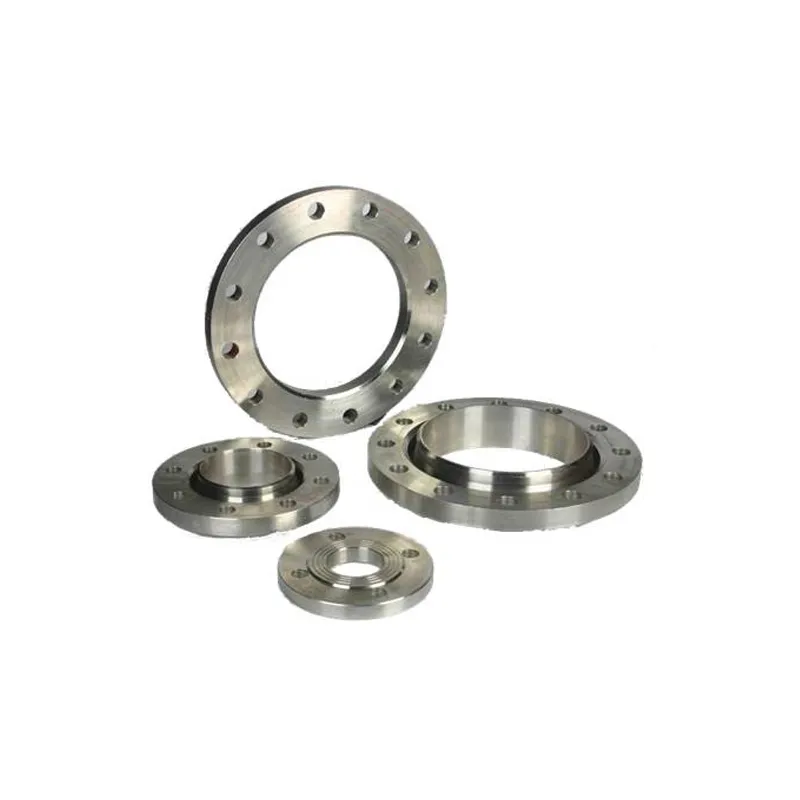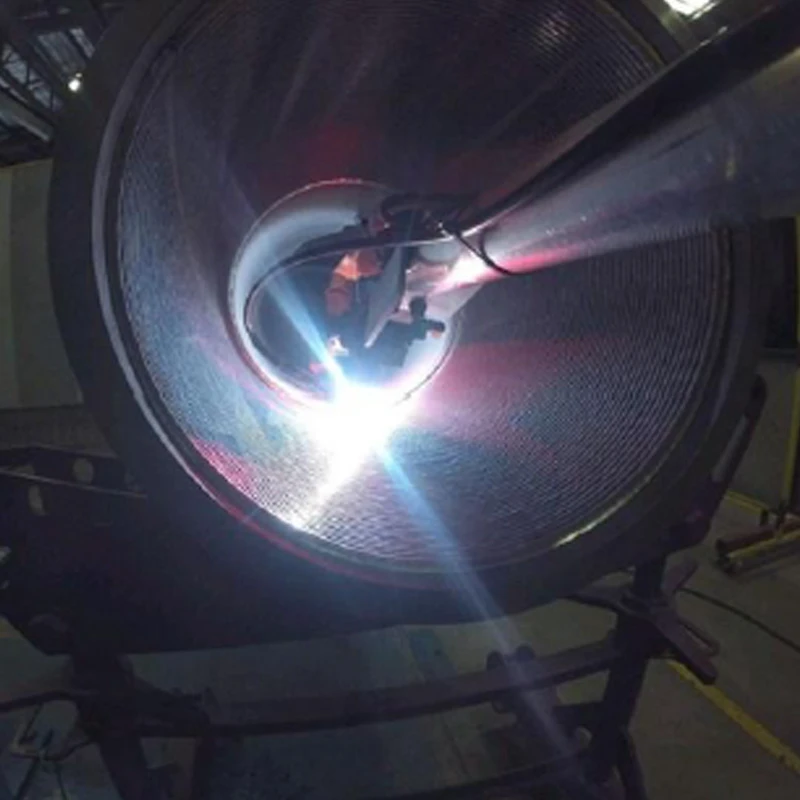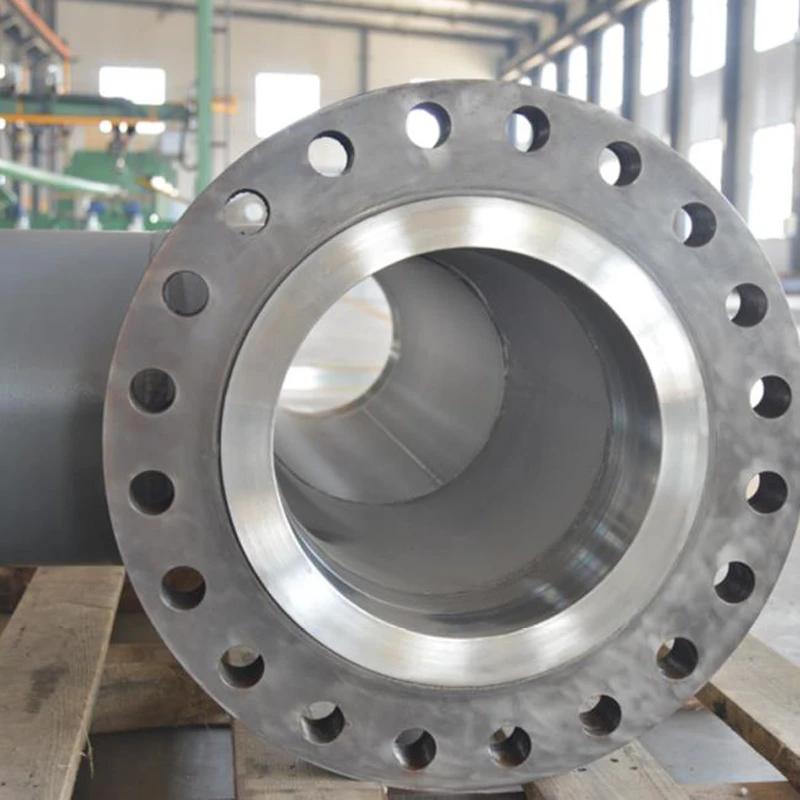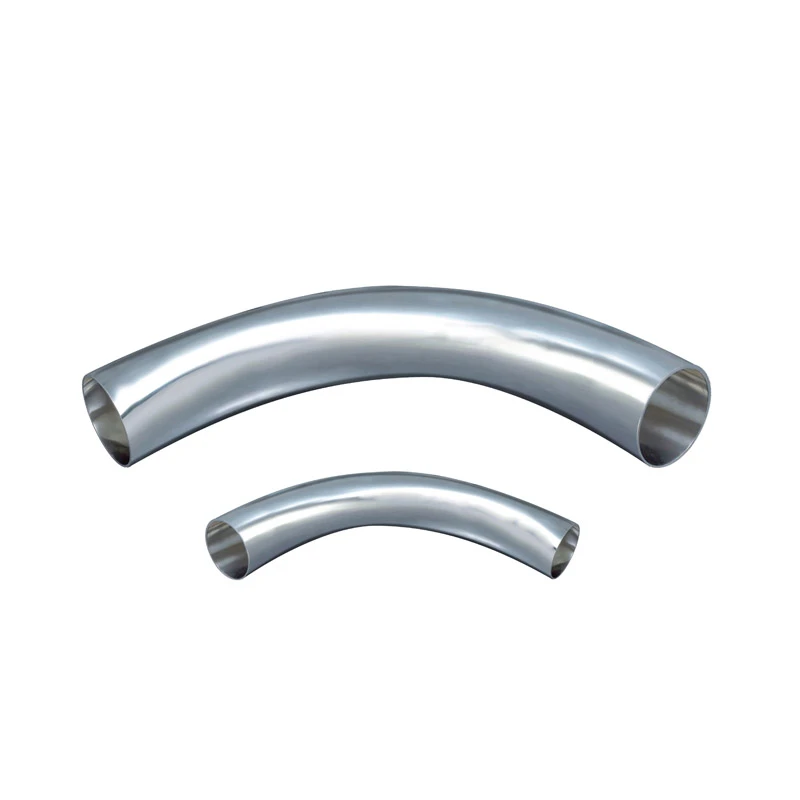- Introduction to Stainless Steel Bend Pipes
- Technical Advantages Over Traditional Piping Solutions
- Material Composition & Manufacturing Standards
- Performance Comparison: Leading Manufacturers Analyzed
- Customization Options for Industrial Applications
- Real-World Implementation in Key Industries
- Why SS Bend Pipes Dominate Modern Infrastructure

(ss bend pipe)
Understanding SS Bend Pipe Fundamentals
Stainless steel bend pipes, often abbreviated as SS bend pipes, serve as critical components in high-stress fluid transport systems. These engineered solutions combine austenitic stainless steel (grades 304/316) with precision bending radii between 1.5D to 5D, achieving flow efficiency improvements of 18-22% compared to angular joints. The cold forming process maintains wall thickness consistency within ±0.2mm, preserving structural integrity under 800-1200 PSI operating pressures.
Technical Superiority in Pipeline Engineering
Modern SS pipe bend configurations eliminate welding weak points through seamless construction, reducing failure risks by 40% in cyclic pressure environments. Key metrics demonstrate:
- Corrosion resistance: 3.5x lifespan improvement vs. carbon steel in chloride-rich settings
- Temperature tolerance: Stable performance from -196°C to 800°C
- Surface roughness: 0.6-1.3μm Ra values minimize friction losses
Manufacturing Specifications & Compliance
Premium steel bend pipe producers adhere to ASME B16.49 and EN 10253-4 standards, utilizing rotary draw bending with mandrel support. Material certifications include:
| Parameter | Standard Range | Premium Grade |
|---|
| Wall Thinning | ≤12% | ≤8% |
| Ovality | ≤5% | ≤2.5% |
| Hardeness (HRB) | 75-90 | 82-88 |
Market Comparison: Top 3 Global Suppliers
| Vendor | Lead Time | Max Diameter | Pressure Rating | Certifications |
|---|
| Supplier A | 6-8 weeks | 24" | Class 900 | PED, NACE |
| Supplier B | 4-5 weeks | 18" | Class 1500 | ASME, ISO |
| Supplier C | 3-4 weeks | 36" | Class 600 | API, TUV |
Application-Specific Customization
Advanced manufacturers offer parametric configuration for SS bend pipe systems:
- Angular precision: ±0.5° tolerance on bend angles
- Connection types: Flange, butt weld, or grooved ends
- Specialized coatings: Xylan, Halar, or PTFE options
Industry Implementation Case Studies
In offshore platform retrofits, schedule 80 SS pipe bend installations reduced maintenance intervals from 6 months to 5 years. Chemical processing plants using 316L bends reported 92% reduction in stress corrosion cracking incidents.
SS Bend Pipe: The Future of Fluid Dynamics
With 73% of new industrial projects specifying stainless steel bends over traditional fittings, these components now form the backbone of efficient piping networks. Continuous improvements in finite element analysis (FEA) modeling enable 0-defect production for mission-critical applications.

(ss bend pipe)
FAQS on ss bend pipe
Q: What materials are commonly used in ss bend pipes?
A: SS bend pipes are typically made from stainless steel grades like 304, 316, or 316L for corrosion resistance. These materials ensure durability in high-temperature and high-pressure environments. They are ideal for industrial and chemical applications.
Q: How are ss pipe bends different from straight ss pipes?
A: SS pipe bends are curved sections designed to change flow direction in piping systems. Unlike straight pipes, they minimize pressure loss and erosion at joints. They are custom-angled (e.g., 45°, 90°) for specific layouts.
Q: What industries use steel bend pipes frequently?
A: Steel bend pipes are widely used in oil and gas, petrochemical, and food processing industries. Their strength and flexibility suit complex piping networks. They also meet strict hygiene standards in sanitary systems.
Q: Can ss bend pipes withstand extreme temperatures?
A: Yes, stainless steel bend pipes resist temperatures up to 1500°F (816°C) depending on the grade. Thermal stability makes them suitable for boilers and exhaust systems. Protective coatings can further enhance heat resistance.
Q: What standards apply to manufacturing ss pipe bends?
A: Common standards include ASTM A312, ASME B16.9, and ANSI/ASME B16.28. These ensure dimensional accuracy, pressure ratings, and material quality. Compliance guarantees safety in critical applications like pipelines and HVAC systems.



